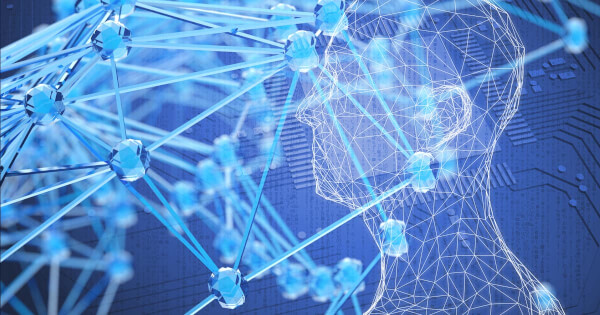In the field of AI and machine learning, there have been significant advancements in image editing and creation technology. Among these, diffusion models have emerged as powerful tools that offer unparalleled capabilities in producing high-quality images. A notable development in this area is the introduction of ‘integrative concept editing’ into diffusion models. This is a groundbreaking approach that improves the control and accuracy of image manipulation.
Image editing challenges for diffusion models
Diffusion models work by gradually removing noise from an image, starting from a random noise distribution. Although this process is effective for image creation, it poses unique challenges when it comes to image editing. Existing text-to-image diffusion frameworks struggle to control the visual concepts and properties of the generated images, often resulting in unsatisfactory results. Moreover, these models typically rely on direct text modifications to control image properties, which can result in drastic changes to the image structure. Post hoc techniques to reverse the diffusion process and modify cross-attention for visual concept editing also have limitations. It supports only a limited number of simultaneous edits and requires a separate intervention step for each new concept, potentially leading to a tangle of concepts if not designed carefully.
High-fidelity diffusion-based image editing
To address the challenges of diffusion models, recent advances have focused on achieving high fidelity in image reconstruction and editing. A common problem with diffusion models is distortion of reconstructions and edits due to differences between the predicted and actual posterior means. Methods such as PDAE have been developed to fill this gap by shifting the predicted noise to an additional term computed as the gradient of the classifier. Additionally, a rectifier framework is proposed that modulates the residual features with offset weights to provide compensated information that helps the pretrained diffusion model achieve high-fidelity reconstruction.
Concept Sliders: A Game Changer
A promising solution to these challenges is the introduction of ‘Concept Sliders’. These lightweight, user-friendly adapters can be applied to pre-trained models to increase control and precision over the desired concepts in a single inference pass while minimizing entanglement. Additionally, the concept slider allows you to edit visual concepts that are not covered in the text description. This is a huge improvement over text-based editing methods. This allows the end user to provide a small number of paired images that define the desired concept. Slider then generalizes this concept and automatically applies it to other images, aiming to increase realism and correct distortions such as hands.
The future of image editing
The development of integrated concept editing and concept slider represents a significant step forward in the area of AI-based image editing. These innovations not only address the limitations of current frameworks, but also open new possibilities for more accurate, realistic, and user-friendly image editing. As these technologies continue to advance, we can expect more sophisticated and intuitive tools for both professional and amateur creators.
Image source: Shutterstock

